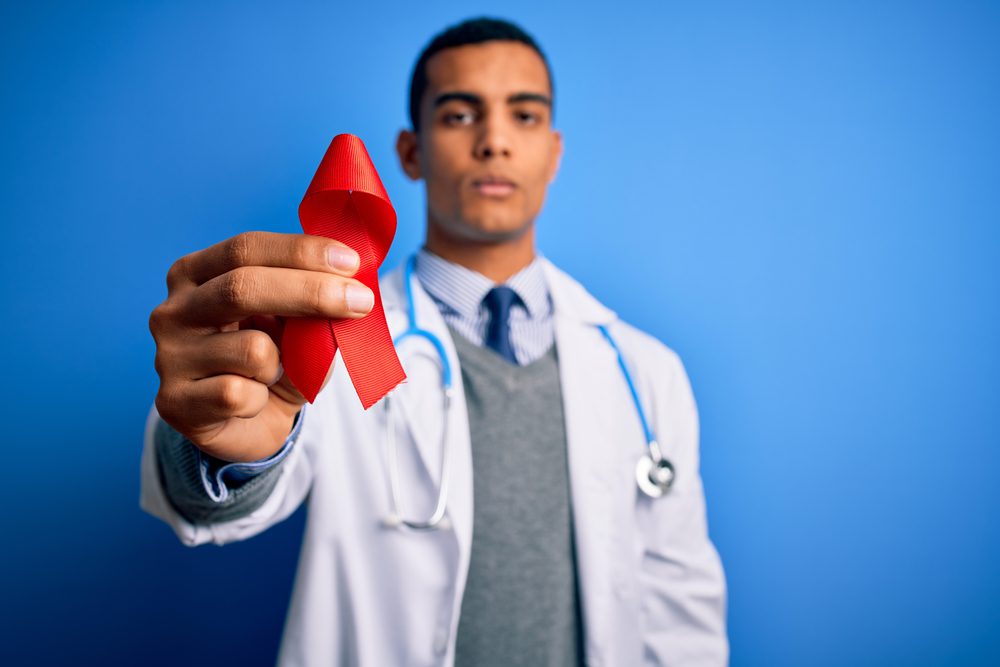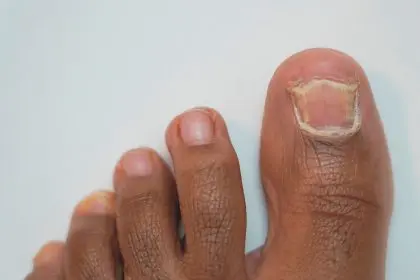The fight against HIV has seen remarkable progress, yet disparities persist. As National Black HIV Awareness Day is observed, stark differences in infection rates remain a pressing concern. Recent data highlights that Black Americans continue to be disproportionately affected by HIV, with rates of new diagnoses significantly higher compared to other racial and ethnic groups.
Many factors contribute, including systemic healthcare inequities, limited access to preventative services, and social stigma. From 2015 to 2019, Black men who have sex with men accounted for more than a third of new HIV diagnoses annually. Black women, though often overlooked in broader discussions, also face significantly higher risks than women of other racial backgrounds.
Community-driven solutions
The power of local engagement has emerged as a transformative force in HIV prevention strategies. Traditional public health efforts often struggle to reach those most at risk, but grassroots initiatives are making a difference by embedding outreach within trusted community spaces.
Where are these initiatives taking place?
Churches, barbershops, beauty salons, and community centers have become unconventional yet effective venues for HIV education and testing. Healthcare professionals, alongside community leaders, are working to break down stigma by fostering open conversations about sexual health. These programs provide free testing, distribute prevention tools like condoms and pre-exposure prophylaxis (PrEP), and offer connections to medical care.
Education beyond awareness
HIV education has moved beyond merely raising awareness. Today, the focus is on health literacy—ensuring that individuals have the knowledge and tools to make informed healthcare decisions.
What role do educational institutions play?
Historically Black Colleges and Universities (HBCUs) have become critical players in this movement. Through student-led initiatives, peer education programs, and campus-wide health events, these institutions provide culturally responsive education tailored to the needs of Black communities. Medical schools and public health programs are also incorporating more inclusive curriculums, equipping future healthcare professionals to address HIV prevention with cultural sensitivity.
Innovations in testing and accessibility
One of the most significant advancements in HIV prevention is the increased accessibility of testing. Traditional testing centers remain essential, but new approaches are expanding options for individuals who may hesitate to visit clinics.
How is testing becoming more accessible?
At-home HIV test kits are now widely available, allowing individuals to learn their status in privacy. Many public health agencies and nonprofit organizations offer these kits for free, recognizing that fear of stigma often prevents people from seeking testing in public settings. Mobile clinics are another breakthrough, bringing testing services directly to underserved communities. These mobile units eliminate transportation barriers and ensure that people in rural or high-risk urban areas can access crucial healthcare services.
A holistic approach to HIV care
The treatment of HIV has evolved to consider more than just the medical aspect of the disease. Providers now acknowledge that effective HIV care must also address mental health, socioeconomic stability, and overall well-being.
Why is a comprehensive approach necessary?
Living with HIV can bring emotional and psychological challenges, including depression, anxiety, and isolation. Community organizations are stepping in to provide support groups, therapy, and financial assistance programs that help individuals manage the broader impact of the disease. Additionally, initiatives that integrate HIV care with general healthcare services are improving patient outcomes by ensuring regular checkups, nutrition counseling, and medication adherence support.
The future of HIV prevention and treatment
Advancements in medicine and public health strategies continue to reshape the HIV landscape. The future of prevention lies in expanding access to innovative treatment options and developing new approaches to reaching at-risk populations.
What’s on the horizon?
Scientists are making progress toward long-acting injectable PrEP, which could replace the daily pill regimen with a more convenient option. Efforts to create an effective HIV vaccine are ongoing, with researchers optimistic about future breakthroughs. Digital health tools, including telemedicine and mobile apps, are also improving access to care by connecting individuals with healthcare providers from the comfort of their homes.
National Black HIV Awareness Day serves as a reminder that while progress has been made, there is still much work to be done. By embracing innovative, community-centered approaches, healthcare providers and activists are building a future where disparities shrink and prevention efforts reach those who need them most.














